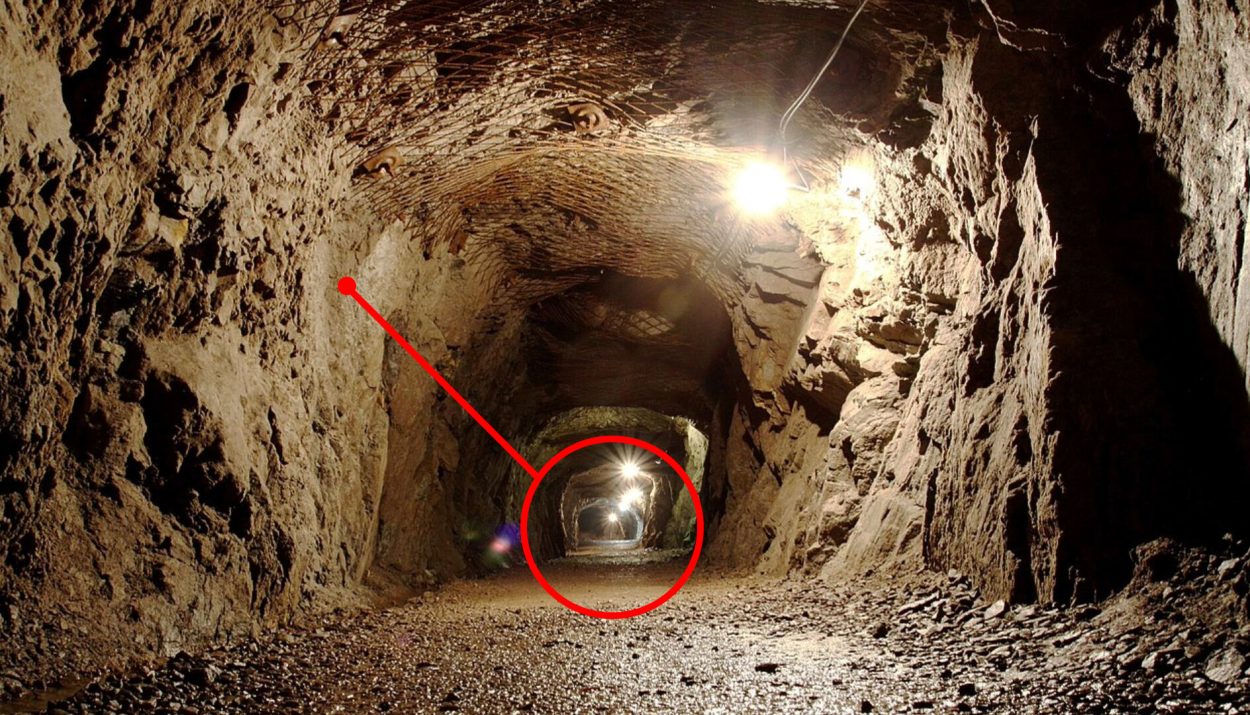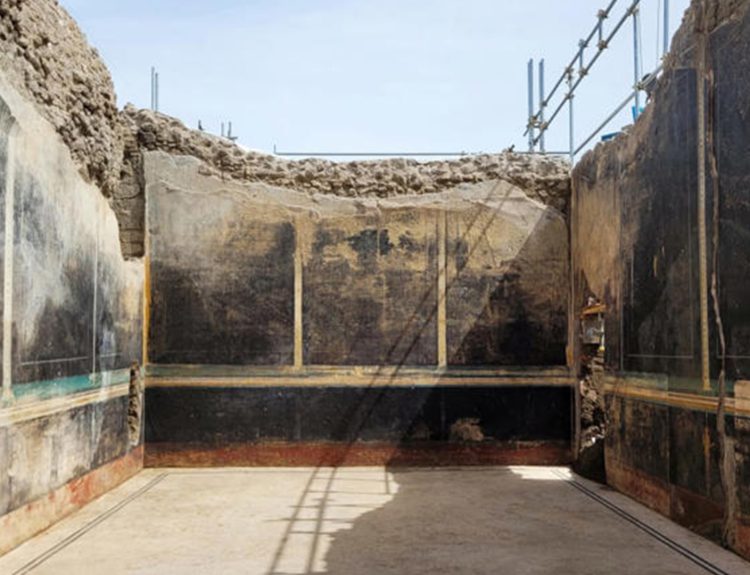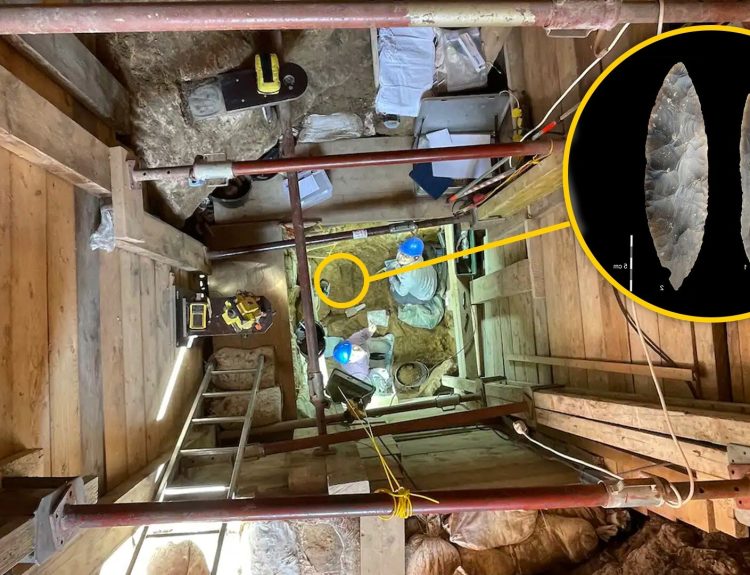During the closing months of World War II, top-ranking Nazi officials could foresee their defeat. They took steps to secure their assets, hoping to regain power in the future. As one intriguing story tells us, the Nazis loaded gold, jewels, and other priceless treasures they had stolen onto a train in Poland.
Only that train never arrived at its destination. It simply disappeared, along with its valuable cargo. What happened to the Nazi “ghost” train, as it came to be known? We still don’t know, although there was an exciting break in the case in recent years. Let’s take a closer look at the World War II mystery of Nazi gold, a lost train, and secret tunnels.
Adolf Hitler’s Obsession with Priceless Art
Long before Adolf Hitler became the evil, yet charismatic leader of the Third Reich, he was a wannabe artist. He had enough artistic ability to make him think he could become a great artist, but not enough to get him accepted into art school. According to some psychologists, Hitler never got over the sting of being rejected. And he never got over his love of art.
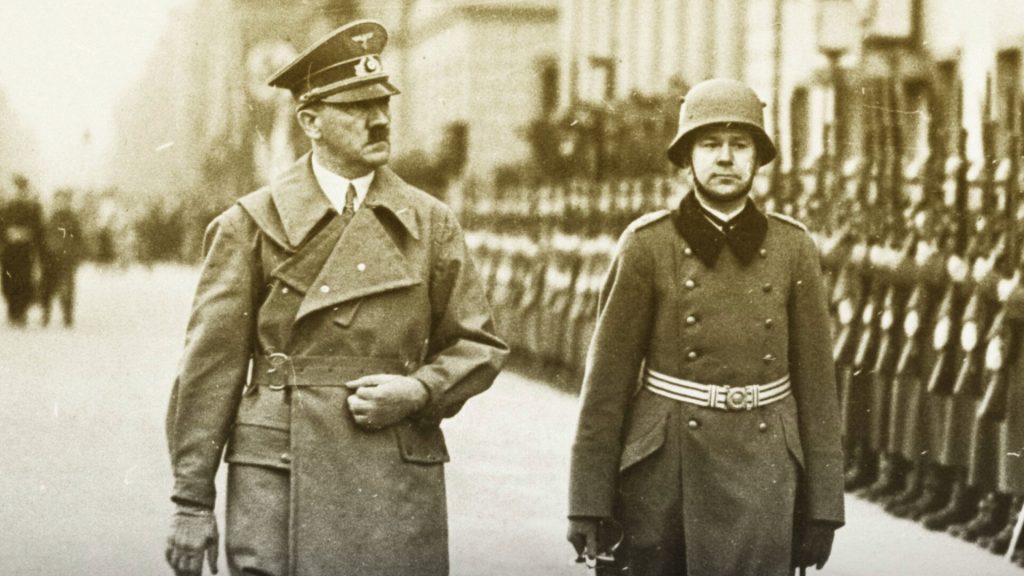
Hitler believed that art played a pivotal role in shaping the identity and values of a society. The Nazis were particularly fixated on acquiring artworks that aligned with their vision of Aryan superiority and depicted idealized, heroic images of the Germanic people. The Nazis systematically looted museums and private collections across Europe.
One of the Largest Cultural Thefts in History
In what has been called one of the largest cultural thefts in history, the Nazis engaged in extensive looting of gold, jewels, and artworks during World War II. The Nazis also seized vast amounts of gold and valuable jewels from individuals, organizations, and central banks in the occupied territories.
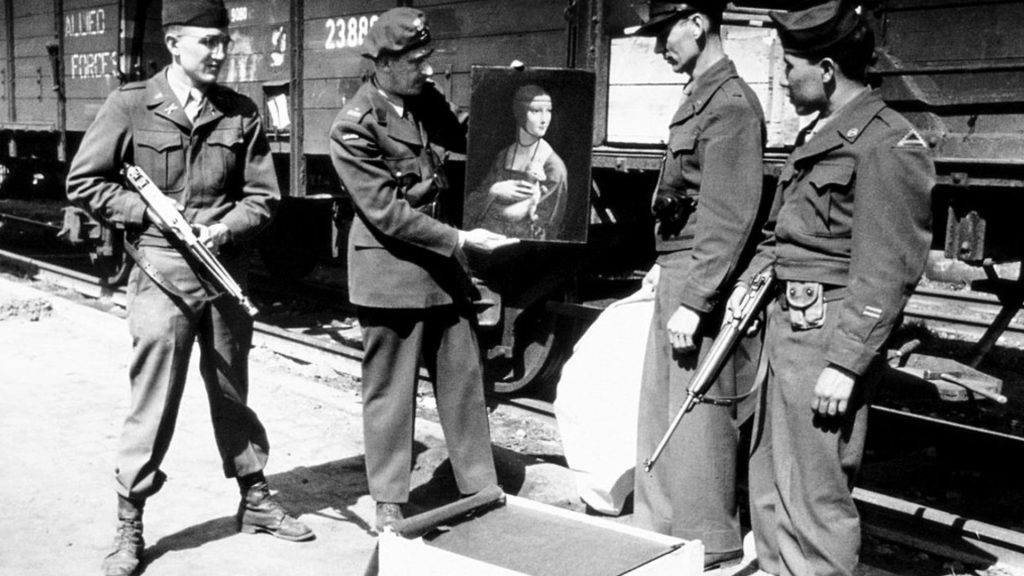
Much of this looting occurred in countries such as France, Poland, and the Netherlands, where the Nazis exploited the chaos of war to seize cultural and economic treasures. The infamous Einsatzstab Reichsleiter Rosenberg (ERR), led by Alfred Rosenberg, played a key role in the systematic looting of cultural property that was hidden in German and Poland.
World War II’s Eastern Front
As World War II neared its conclusion, Russian forces closed in on German forces in Poland, marking a pivotal moment on the Eastern Front. By early 1945, the Red Army had successfully repelled the German forces in a series of brutal battles. As they advanced westward, the Russian forces reached the borders of Poland, engaging in intense combat to liberate the country from Nazi occupation.

In January 1945, the Red Army pushed the Germans back across the Oder River, and the Soviets eventually reached Berlin in April 1945. The Battle of Berlin, characterized by fierce street-to-street fighting, ultimately led to the fall of the German capital and the eventual surrender of Nazi Germany in early May 1945. This is where our story begins.
A Mysterious Disappearance
According to legends, in May 1945, just before the Nazis surrendered, the Germans wanted to make sure that the gold and priceless treasures they stole were not stolen from them. Gold – as much as 300 tons of it – was loaded in railcars, along with jewels, paintings, statues, and other priceless artifacts.

As the story goes, the Nazi gold train left the Polish city of Breslau, which is now called Wroclaw, and arrived at the next train station, at Freiburg in Schlesien. Although there are accounts of the gold train arriving in Freiburg and departing again from this station, it never arrived at the next station in Waldenburg in Schlesien.
How Could a Train Just Vanish?
Trains are big. And they weigh a lot, especially trains carrying 300 tons of gold. It seems inconceivable that the Nazi gold train could just vanish. The distance between the two train stations is less than twenty miles. What could have happened to the train in that short distance?
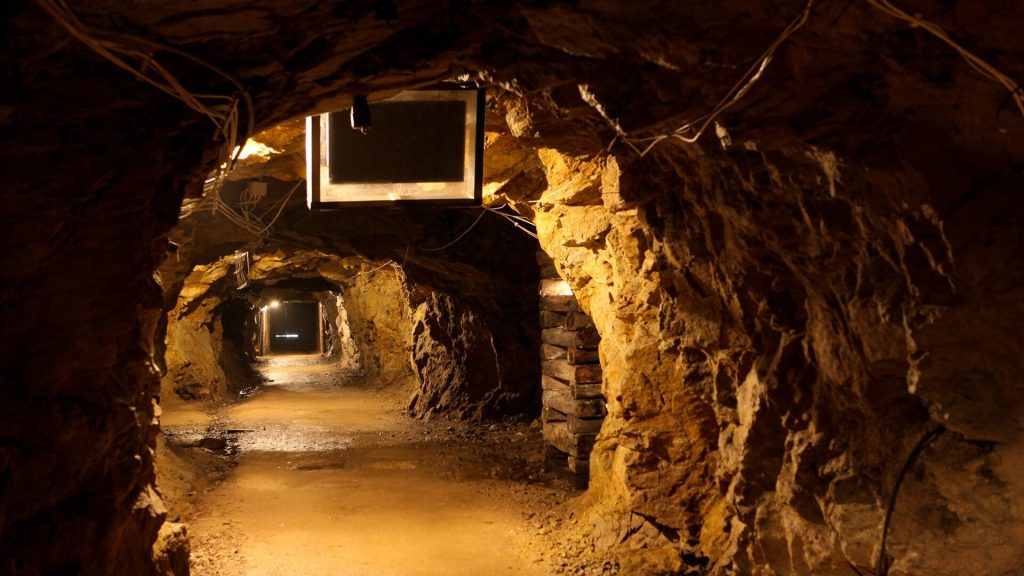
The most widely circulated story is that the train was diverted off its track and into the tunnel of an abandoned coal mine or, perhaps, into a secretly built tunnel hidden in the mountains. This theory may not be as far-fetched as it seems.
Was Project Riese Related to the Missing Ghost Train?
Project Riese was a mysterious and ambitious construction project undertaken by Nazi Germany during World War II. Spanning the years 1943 to 1945, the purpose of Project Riese remains shrouded in secrecy. Located in the Owl Mountains of Poland, the project involved the construction of a network of underground structures, tunnels, and chambers.
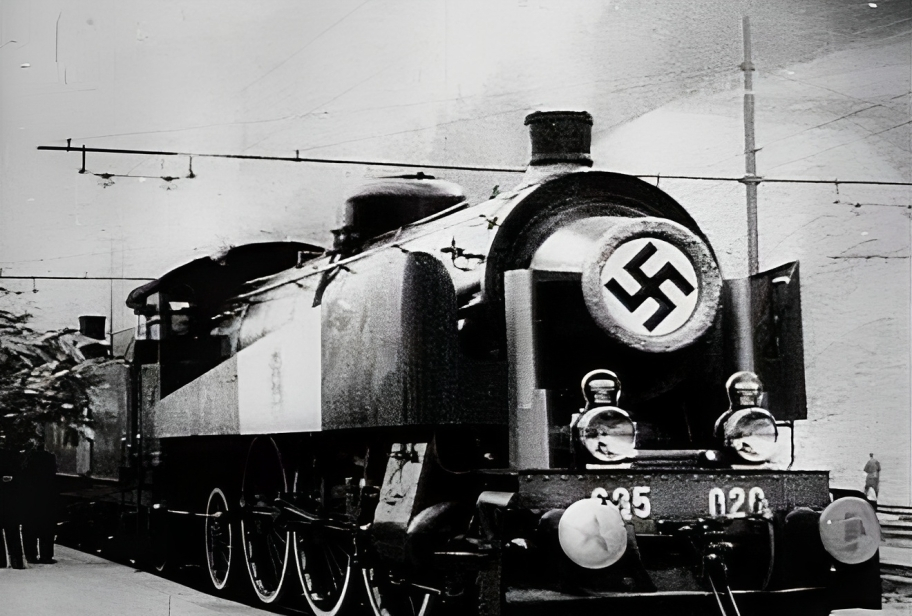
The facilities were designed to be highly secretive. Some theories suggest that Project Riese may have been intended for use as a strategic military headquarters, a massive weapons production site, or even a secure storage facility for important artifacts and documents. The complex was never completed, and with the end of the war, the Nazi regime’s secrets surrounding the project were never fully revealed.
Could a Medieval Castle Have Played a Role in the Train’s Disappearance?
Some theories surrounding the missing Nazi ghost train and its cargo of gold link it to the beautiful, picturesque Ksiaz Castle. The castle, which was completed in 1292, sits atop a mountain overlooking the Pelcznica River. In 1944, the Nazis seized the castle and used it as a regional headquarters.

Ksiaz Castle became part of the ambitious Project Riese construction plans. Using forced laborers from a nearby concentration camp, the Nazis embarked on building projects in, around, and under the castle. The work came to a grinding halt when Russia’s Red Army advanced on Poland. Many of the tunnels under the castle remain today.
Did the Nazi Ghost Train Even Exist?
The Polish Armed Forces have searched the area extensively over the years, yet no trace of the train has turned up. As the years turned into decades with no trace of the missing Nazi train laden with gold, historians began to seriously question the truth of the legend. There are no documents or records that confirm its existence.
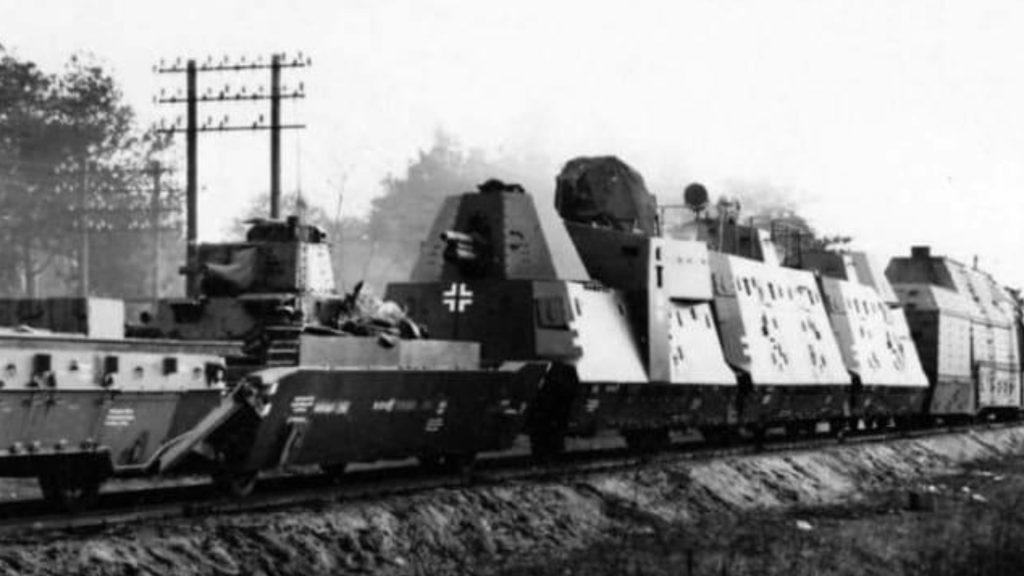
Many historians have speculated that the Nazi gold train story was a German propaganda story designed to show their followers that the Nazi Party still held onto its wealth. Others believe it was simply an urban legend that spread across Poland. Over time, the story of the missing train lost its allure.
A Deathbed Confession Leads to Renewed Interest in the Missing Nazi Gold Train
In recent years, two determined researchers, Piotr Koper of Poland and Andreas Richter of Germany, were given a death-bed confession by a man claiming to have been involved in hiding the Nazi Gold Train in 1945. That confession included a reference to the 65th kilometer point of the railroad tracks between Walbrych and Wroclaw. Another elderly resident, Tadeusz Slowikowski, confirmed this part of the story.

Slowikowski stated that he attempted to locate the train himself back in 2001 and located a structure he believed to be a tunnel wall. Koper and Richter used ground-penetrating radar at this location and found an anomaly underground in the approximate size and shape of a train. The men shared the radar images with the media and the Polish culture minister declared with “99% probability” that a train had been found.
Buried Treasure
The radar images seemed to shed light on the disappearance of the gold-laden Nazi ghost train. It showed its location to be a deep, man-made hole some 165-feet deep alongside the railroad tracks. A new theory emerged that the Nazi gold train was not hidden in a secret tunnel after all. It was buried in the ground.
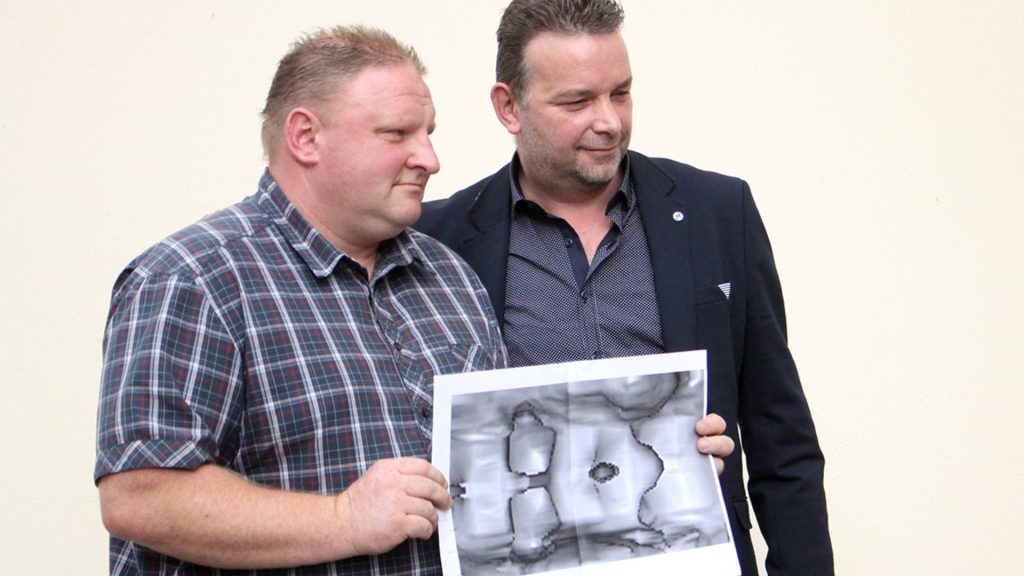
A team of mining specialists conducted their own scans of the site and concluded that there were signs of a collapsed tunnel but no indications that a train was buried there. Nonetheless, Koper and Richter started digging. With funding from private sponsors and help from a team of volunteers, the two men spent more than $130,000 to excavate the site.
Coming Up Empty Handed
A week into the digging operation, Koper and Richter failed to unearth a train, a tunnel, or a track. Repeated scans of the area showed a few cavities which could be old Nazi tunnels, but no train could be seen in the new radar images.

Mining and geology experts were called in to examine the evidence. They concluded that the original anomaly that Koper and Richter reported was nothing more than naturally occurring ice formations deep underground. The dig was called off and Koper and Richter were left empty handed.
The Nazi Ghost Train Is Still Missing
For now, the Nazi ghost train and its 300 tons of gold remain missing. Since Koper and Richter’s dig, however, there has been renewed interest in the story of the missing Nazi train. A replica of the train has been built as a tourist attraction in the region.

Although historians have no concrete evidence proving that the train actually existed, many of the elements surrounding the story are true. The Nazis did steal gold and other priceless objects during World War II, and they did undertake some massive tunneling operations in Poland. Perhaps the mystery of the Nazi ghost train will eventually be solved.

